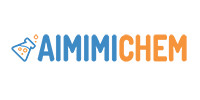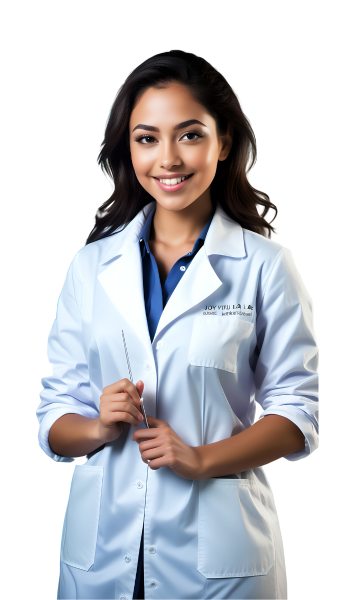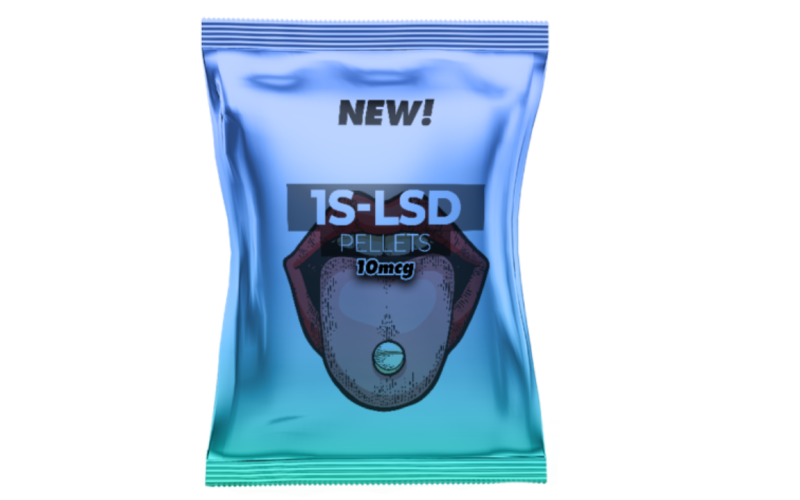
The Chemical Structure of 1S-LSD: A Deep Dive Into Its Unique Composition
1S-LSD is a fascinating molecule that has drawn attention in the scientific community, particularly among researchers exploring the vast domain of psychedelics and serotonin receptor modulators. Known for its relation to the more familiar lysergic acid diethylamide (LSD), 1S-LSD is distinct due to its specific stereochemistry, offering researchers a new perspective on this class of compounds. In this article, we’ll explore the intricate details of 1S-LSD’s chemical structure, its relevance in scientific research, and its potential applications.
Understanding the Basics of LSD and Its Isomers
To fully grasp the uniqueness of 1S-LSD, it’s essential to first have a basic understanding of LSD (Lysergic acid diethylamide). LSD is a semi-synthetic compound derived from lysergic acid, a natural substance found in the ergot fungus. Chemically, it belongs to the ergoline family, which is a group of molecules sharing a common core structure known as the ergoline scaffold. This scaffold is comprised of a bicyclic structure—indole and quinoline—fused together, which serves as the backbone for various bioactive molecules, including LSD.
LSD itself exists as a racemic mixture, meaning it contains two enantiomers: 1R-LSD and 1S-LSD. Enantiomers are molecules that are mirror images of one another but cannot be superimposed, much like a person’s left and right hands. While LSD as a whole has been widely studied for its effects on serotonin receptors, research is increasingly shifting toward individual enantiomers like 1S-LSD to understand their specific roles and how their differing stereochemistry influences biological activity.
The Molecular Structure of 1S-LSD
1S-LSD is an isomer of LSD with the “S” stereochemistry at the chiral center located at the carbon atom in position 8 of the ergoline backbone. To break this down, let’s look at the structural components:
Ergoline Scaffold: The primary structure of 1S-LSD consists of an ergoline ring, which is a fusion of the bicyclic indole and quinoline rings. This scaffold is shared by many compounds, but the specific arrangement of atoms in 1S-LSD contributes to its unique properties.
Diethylamide Group: Attached to the nitrogen atom at position 6 of the ergoline ring is a diethylamide group. This group plays a crucial role in binding to serotonin receptors, particularly the 5-HT2A receptor, which is implicated in the psychedelic effects of related compounds. However, due to the different stereochemistry of 1S-LSD, the binding affinity and receptor activation profile might differ from that of 1R-LSD or racemic LSD.
Chiral Center at Carbon 8: What makes 1S-LSD distinct is the specific configuration of the molecule at carbon 8. In chemistry, a molecule’s stereochemistry can drastically alter its interactions with biological systems. In the case of 1S-LSD, this stereocenter is in the “S” configuration, meaning the atoms are arranged in a specific three-dimensional orientation that distinguishes it from its “R” counterpart.
Functional Groups: Besides the ergoline backbone and diethylamide group, the molecule contains several other important functional groups that contribute to its overall properties, including a carboxamide group at position 16. These functional groups define the molecule’s hydrophilicity, lipophilicity, and its ability to interact with enzymes and receptors in the body.
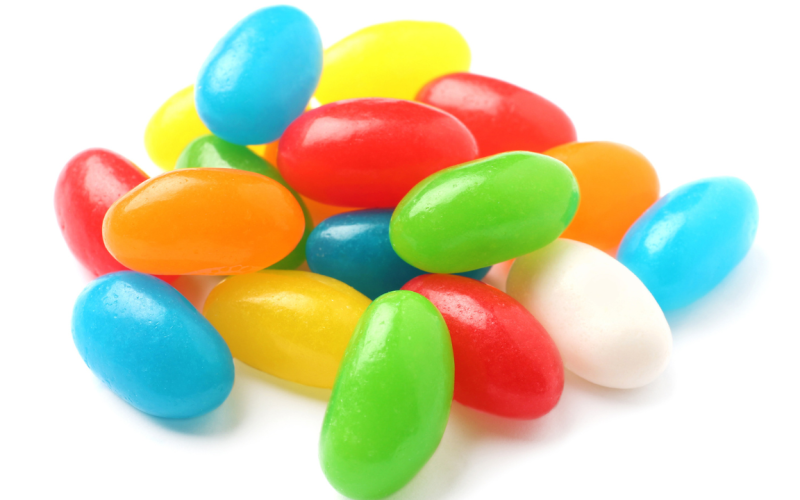
We only sell our products to customers aged 18 years or over, for purposes of research only.
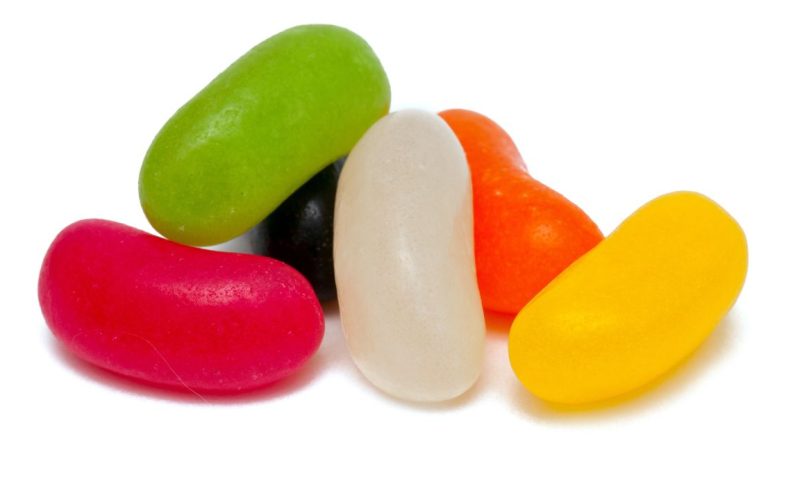
Structural Diagram of 1S-LSD
While it’s difficult to visualize the three-dimensional structure of 1S-LSD without a molecular model, it helps to think of the ergoline ring as the “core” of the molecule, with the diethylamide and functional groups branching out in specific orientations determined by the stereochemistry. The “S” configuration at carbon 8 places certain groups in space where they interact differently with biological targets than the “R” version, leading to different pharmacological effects.
The Pharmacological Implications of 1S-LSD
The stereochemistry of a molecule like 1S-LSD is not just a trivial detail—it has profound implications for how the compound behaves in biological systems. Research has shown that different enantiomers of a molecule can have drastically different effects, even though they share the same chemical formula.
For instance, studies on other stereoisomers of psychoactive substances, such as MDMA and ketamine, have demonstrated that one enantiomer may be significantly more potent or exhibit different side effects compared to its mirror image. In the case of 1S-LSD, researchers are keen on understanding whether its binding affinity to serotonin receptors—particularly the 5-HT2A receptor, which is associated with the psychedelic effects of LSD—differs from that of 1R-LSD or racemic LSD.
This opens up a variety of research questions:
- Does 1S-LSD produce the same subjective psychedelic effects as LSD? Early research suggests that 1S-LSD may have a milder profile compared to racemic LSD, but more data is needed to draw firm conclusions.
- What are the therapeutic potentials of 1S-LSD? With the resurgence of interest in psychedelics for treating mental health disorders, it’s plausible that 1S-LSD might hold promise for treatments with fewer side effects or different therapeutic windows compared to LSD.
- How does the stereochemistry influence the metabolism of 1S-LSD? The body’s enzymes, particularly those in the liver, may metabolize 1S-LSD differently than other isomers, which could impact its duration of action, potency, and side effect profile.
Research and Legal Considerations
Given the highly regulated nature of psychedelic research, obtaining and studying compounds like 1S-LSD requires strict adherence to legal guidelines. 1S-LSD, like other research chemicals, is not intended for human consumption and is typically sold exclusively to licensed researchers for laboratory studies. Companies like Aimimichem, a specialist in high-quality research chemicals, play a key role in supplying these substances for academic and clinical research, ensuring their products are reliable, lab-tested, and fully compliant with legal regulations.
In the European Union, where companies such as Aimimichem operate, research chemicals must adhere to REACH regulations, which govern the registration, evaluation, authorization, and restriction of chemicals. This ensures that both researchers and suppliers meet rigorous safety and quality standards, fostering responsible scientific exploration in the field of psychopharmacology.

Conclusion: The Future of 1S-LSD Research
As scientific interest in the therapeutic potential of psychedelics continues to grow, compounds like 1S-LSD will undoubtedly remain at the forefront of cutting-edge research. Its unique stereochemistry offers a window into understanding how subtle changes in molecular structure can lead to profound differences in biological activity. While much remains to be discovered about 1S-LSD’s pharmacological profile, its distinctiveness as an isomer makes it an exciting subject for ongoing and future studies.
For researchers looking to explore the chemical properties and potential applications of 1S-LSD, trusted suppliers like Aimimichem offer a reliable source of high-quality materials, supporting the next wave of innovation in psychopharmacology.
Have Any Questions
We've answers
1S-LSD shares the ergoline backbone found in LSD but differs in its stereochemistry at the carbon 8 position. This chiral center gives 1S-LSD its distinct three-dimensional shape, affecting how it interacts with serotonin receptors in biological systems.
Aimimichem is known for providing high-quality, lab-tested research chemicals, including 1S-LSD. The company adheres to Dutch laws and REACH regulations, ensuring that all products are safe for research purposes. Their commitment to quality and reliability makes them a trusted supplier in the scientific community.
No, 1S-LSD, like all of Aimimichem’s products, is strictly for research purposes and is not intended for human consumption. Aimimichem emphasizes that sales are restricted to individuals over 18 and that the substances must be used in compliance with all local regulations.
We only sell our products to customers aged 18 years or over, for purposes of research only.
